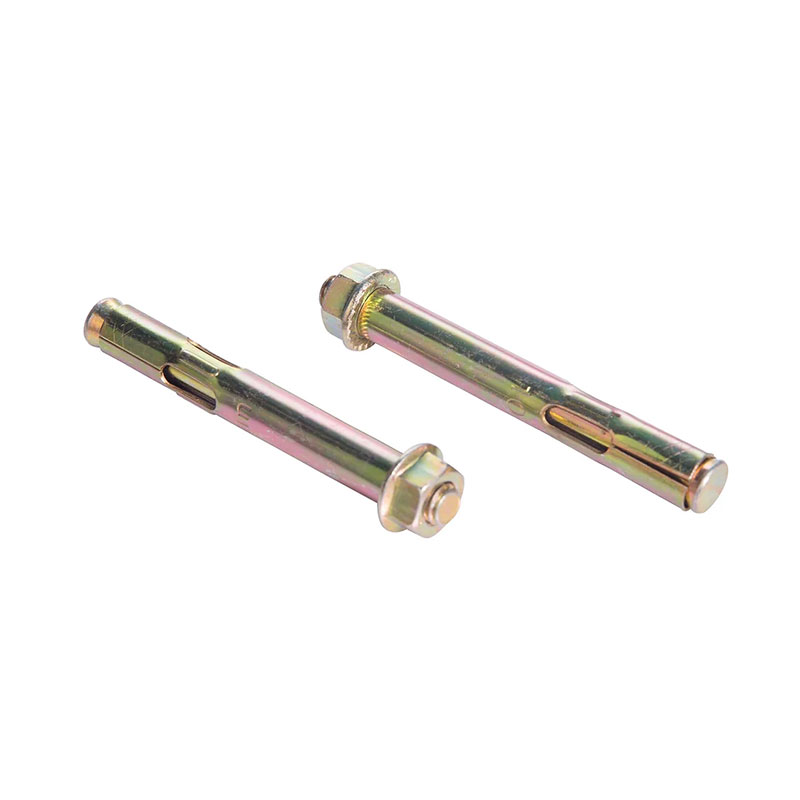What Makes Wood Construction Screws So Strong and Reliable?
 2025.06.02
2025.06.02
 Industry news
Industry news
In the field of wood structure construction and woodworking, wood construction screws have gradually become the preferred connector for professional craftsmen and home DIY enthusiasts. Compared with traditional nails, this type of screw not only has obvious advantages in structural strength, but also shows extremely high stability and reliability in various construction environments due to its scientific design and high-quality materials.
From the perspective of structural design, wood construction screws adopt a deeper and sharper thread design. This thread can firmly bite the wood fiber, so that the screw has a strong grip when it is screwed in, thereby effectively preventing loosening and pulling out. In structures with heavy loads or forces, this fastening effect is particularly critical, which directly affects the safety and service life of the entire wood structure.
High-quality materials are the basis of screw strength. At present, wood construction screws on the market are mostly made of high-strength alloy steel or carbon steel, and are equipped with multiple anti-corrosion treatments such as surface galvanizing, nickel plating, and ceramic coating. It is this combination of high-strength metal core and corrosion-resistant surface that makes the screws not easy to rust, break or fail even if they are used for a long time in humid, acidic or outdoor environments. This is especially important for projects that are exposed to the elements for a long time, such as outdoor decks, roof timber structures or garden facilities.
In actual construction, modern timber structure screws are also equipped with self-drilling tips or self-drilling designs, which can easily penetrate the wood without pre-drilling, greatly improving construction efficiency and reducing the difficulty of operation. This not only saves man-hours, but also reduces the damage to the wood that may be caused by multiple operations. For assembly projects that need to be completed quickly or complex wood connections, self-drilling timber structure screws are particularly practical.
Another advantage that cannot be ignored is its anti-vibration performance. Traditional nails are prone to loosening or even falling off after long-term use or external force vibration, while screws can still be firmly embedded in the wood when the force changes due to their threaded structure. This reliable fastening means that the wooden structure can remain stable for a long time without frequent maintenance or replacement.
In terms of operability, timber structure screws also have higher precision and flexibility. During installation, the screwing depth can be adjusted to achieve precise alignment, and when the structure needs to be disassembled or adjusted, it can also be easily unscrewed and reinstalled, without damaging the wood itself as easily as nails. This is a clear advantage for projects that require repeated adjustments or precision assembly.



 English
English русский
русский











 Products
Products Tel: 86-574-62101087
Tel: 86-574-62101087 E-mail:
E-mail:  Add: Xiaocao 'e Binhai Industrial Park, Yuyao, Zhejiang, China
Add: Xiaocao 'e Binhai Industrial Park, Yuyao, Zhejiang, China